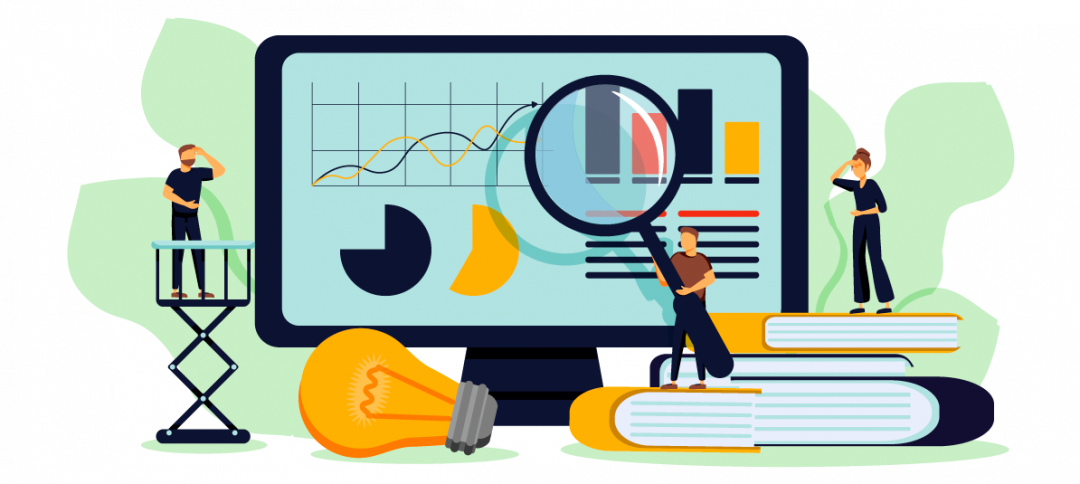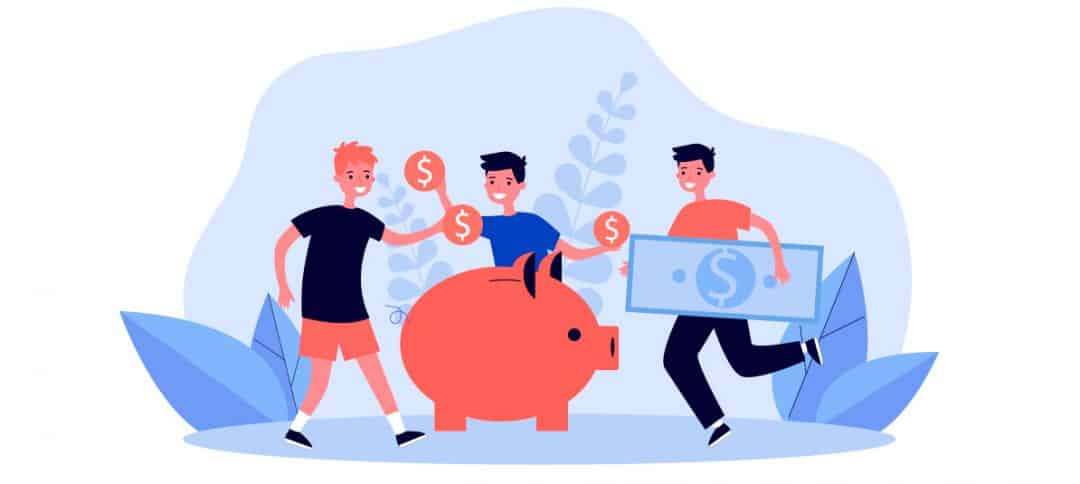You can start generating it as a plan B for your finances or a supplement to your salary and, with luck and if you do it right, you can even live off it. If you still don’t know what it is, how it works and the reality versus the fiction, we’ll tell you all about it.
What is passive income?
Passive income is a type of income that is not directly related to the time you invest in it. As its name suggests, it is generated passively without you having to devote your time and attention to it.
So that you can understand it better, let’s compare it with the main active income of most people: the salary they get for their work.
Think about your work and your employment contract. What defines it? What do you have to do to earn your salary? Dedicate a number of hours each day to working for your company, as many as your contract stipulates and sometimes even more.
All contracts define a working day and the number of weekly hours that you must dedicate to the company. With a regular job, what you do is exchange your time for money. If you don’t work (invest your time), you don’t get paid. It’s as simple as that.
The same is not true of passive income. It is a source of income that does not depend directly on the time you work or the work you do during that time. Its main characteristic is that it is generated automatically, in other words, passively.
That doesn’t mean that it involves no work, as we will see later on. You just don’t have to be physically working all the time.
Are you still not clear about it? There’s nothing like looking at some forms of passive income to get a better idea.
Examples of passive income
There are many strategies for generating passive income, each has its own advantages and disadvantages.
They all have one thing in common: they all require either money or time, and in some cases a combination of the two, to get started. Also, once they are underway, even the most passive types will require some further investment of time or money.
Rent out a house
This is perhaps the quintessential passive income. It’s something everyone is familiar with: buy a property and rent it out.
By renting it out, you will receive money each month without having to do very much at all (the key thing to remember here is that you will still have to manage the upkeep of the house, among other things).
The drawback of this formula is that you will need a large amount of money from the start or take on a significant debt (a mortgage). If you already own a home, everything is easier, although remember that renting is only one of the ways to make the most of your home financially.
Write a book or e-book
Another classic formula within passive income. Thanks to Amazon and other self-publishing platforms, these days you don’t need a publisher to be able to write and sell a book.
This is a type of passive income that mainly requires time on your part to write the book and then promote it properly. In fact, this promotion is essential for the book to start generating income on its own.
Affiliate marketing
This model can be implemented in blogs, podcasts, newsletters, video channels and social networks. It basically consists of selling products or services from other brands or people through referrals. This means linking to your website or the website of the specific product in large online stores like Amazon, for example.
All it takes to do affiliate marketing is to have an audience or group of people who follow you and who you can sell to. The products to become affiliated with? The big marketplaces like Amazon work with this format and that makes things a lot easier.
As you may have guessed, this is not actually a very passive model, as it requires constant effort to generate content and sell.
Memberships and subscriptions
In line with the previous model are memberships, which can be set up with a traditional website, a newsletter or a podcast, for example. This business model is very straightforward: It consists of charging for access to the community and the content that is published. It’s that simple.
Again, not exactly a passive income model. Or, rather, it’s an example of how most models for making more money that are advertised as passive, are actually not very passive at all.
Dropshipping
This is a similar model to the affiliation scheme where you act as an intermediary for a supplier, but in this case it is structured through an online store or marketplace. In this case, you display the product and allow users to buy it through your website.
The difference between this and an online store is that you are just an intermediary who is in charge of attracting the customer. Your supplier is in charge of shipping the product and managing the stock. What you have to do is to handle any customer complaints because the product is purchased in your store.
Investment
This is perhaps the most passive income of all. When you invest your money, you put it to work and generate profitability without having to do anything more than choose where to invest. This means choosing an investment product adapted to your risk profile and goals. A financial advisor or a specialist financial institution can even help you to do this.
From that point, time and compound interest do the rest so that the money grows and can generate an income when you decide to withdraw your funds.
However, if you want to generate recurring income from the very first moment with the investment, there is a strategy that will allow you to do this: dividend investment.
This formula consists of investing in companies that pay dividends. In this way, you take advantage of the rising share price to build your wealth, while the dividend becomes your passive income.









